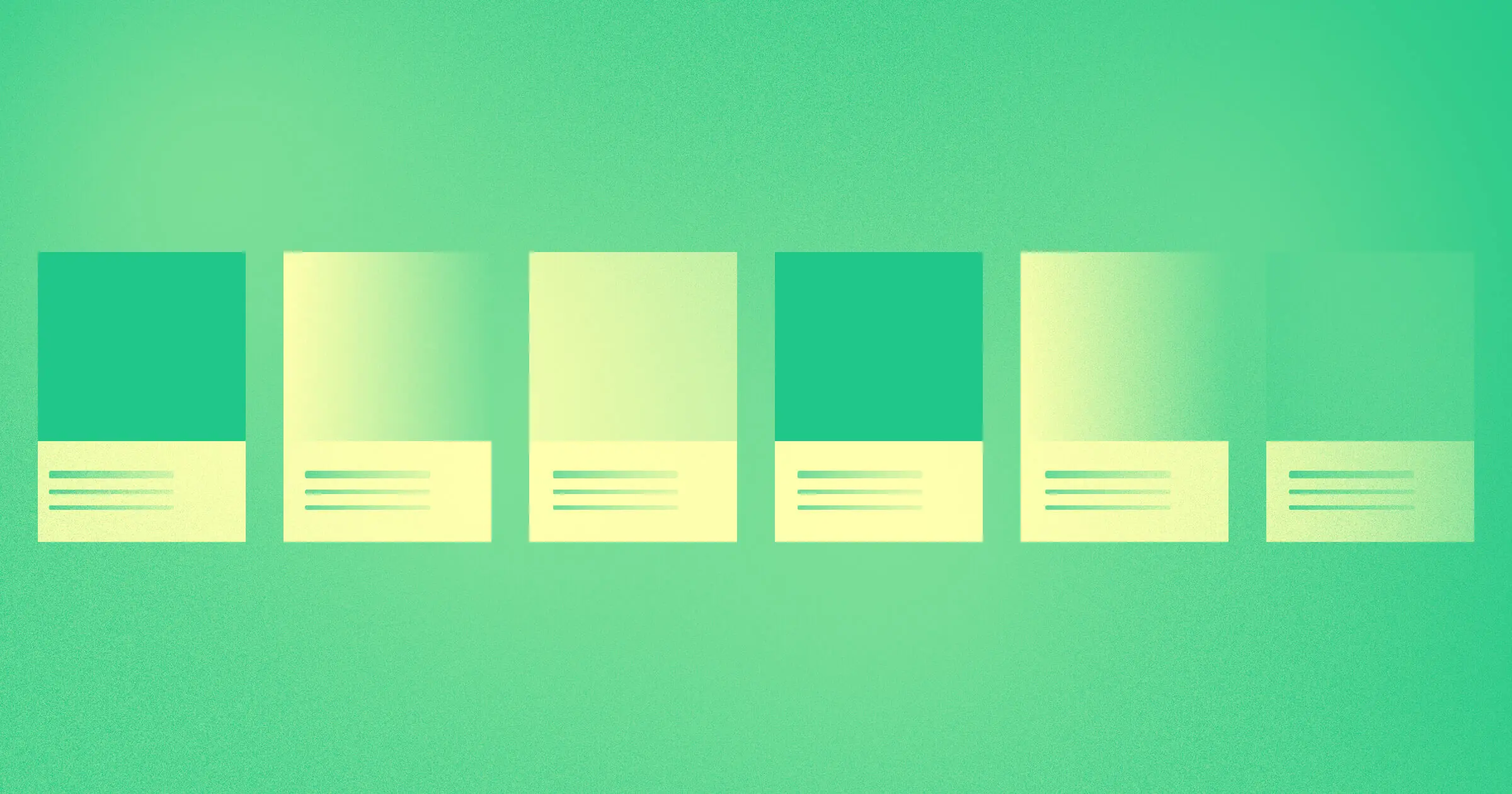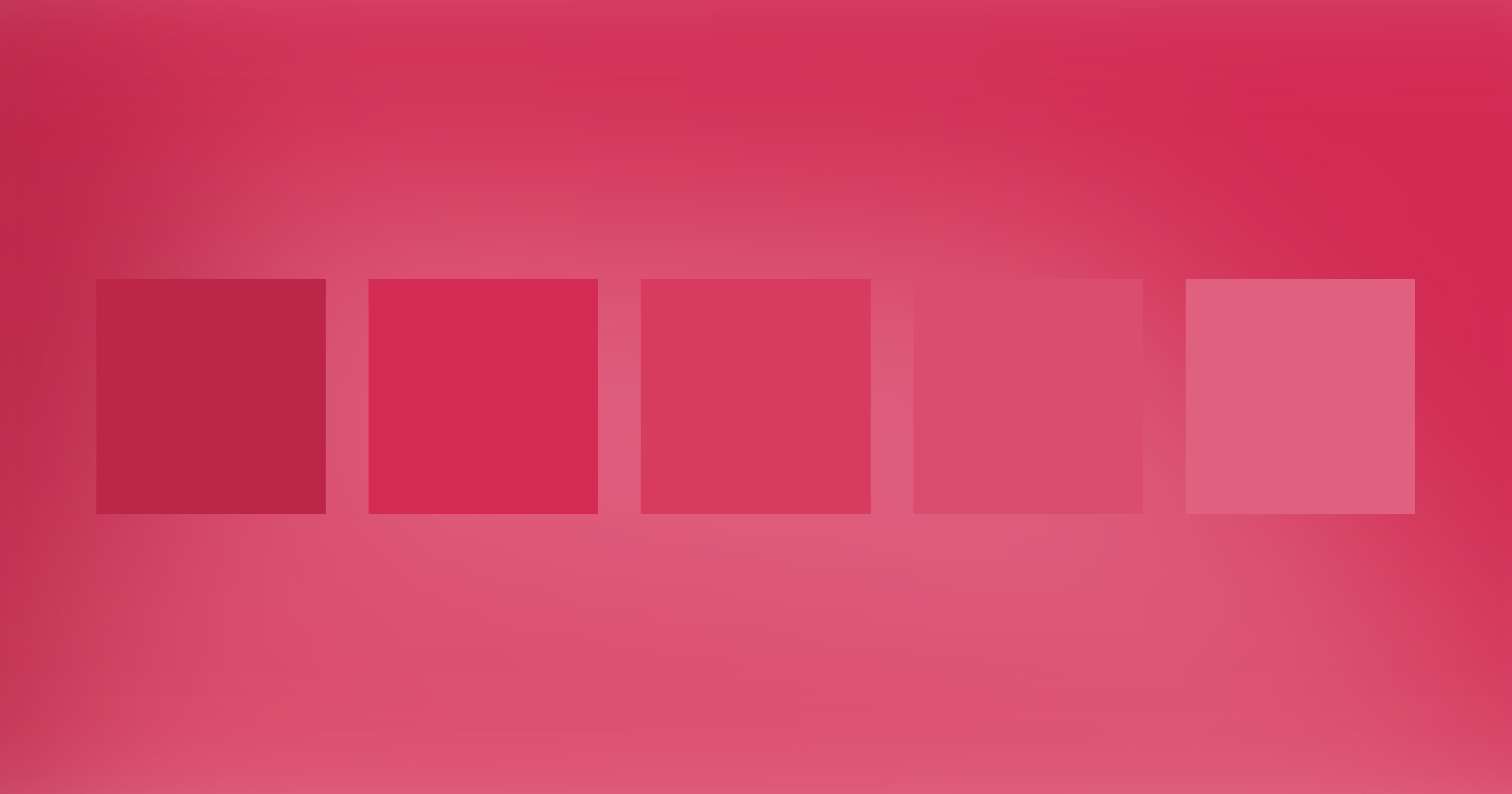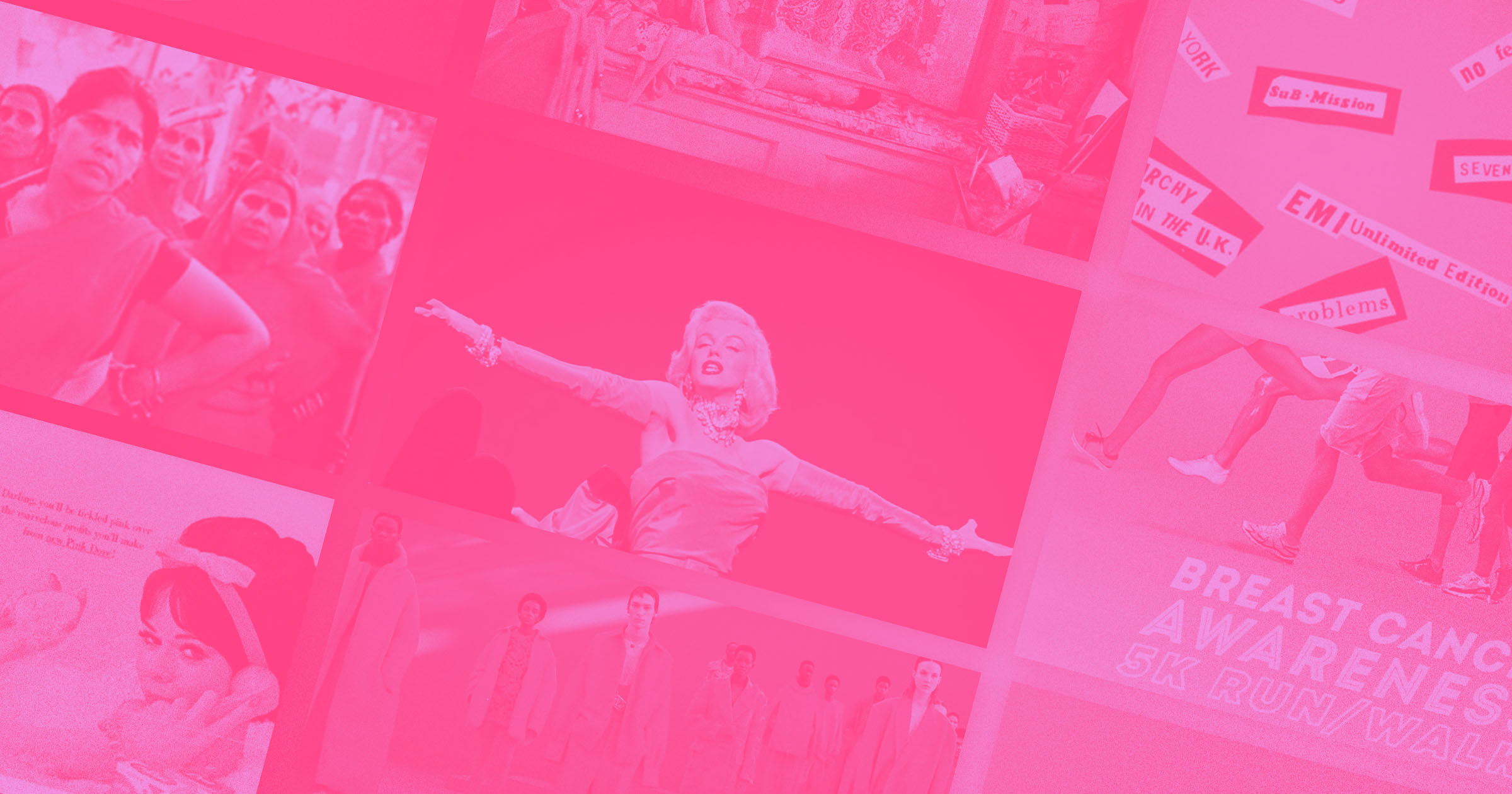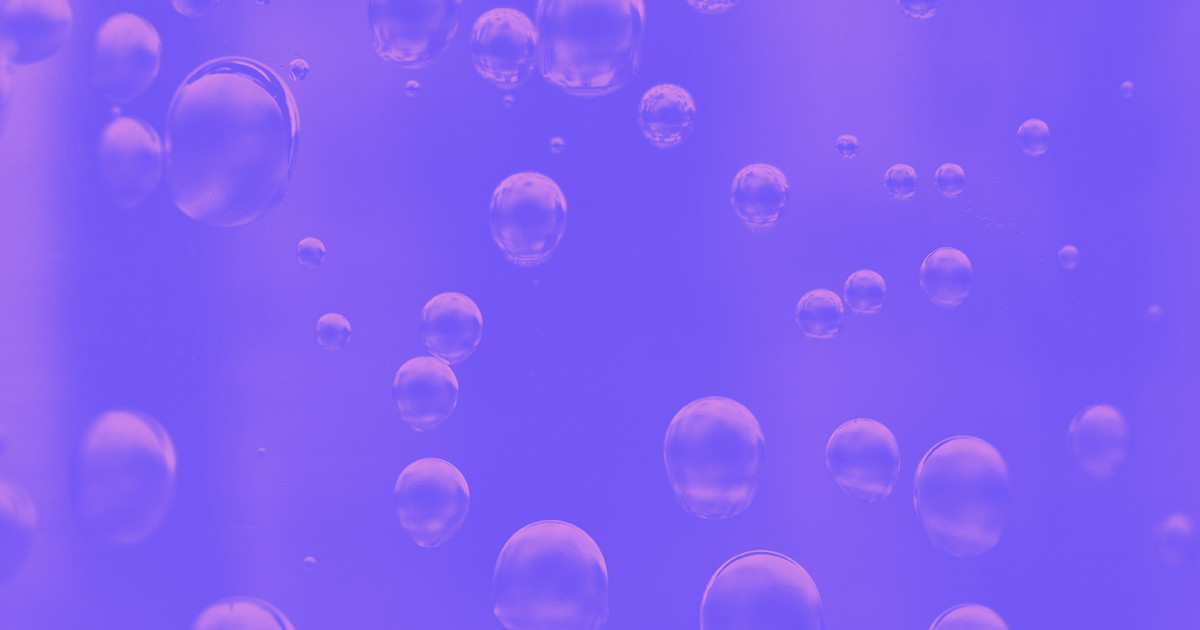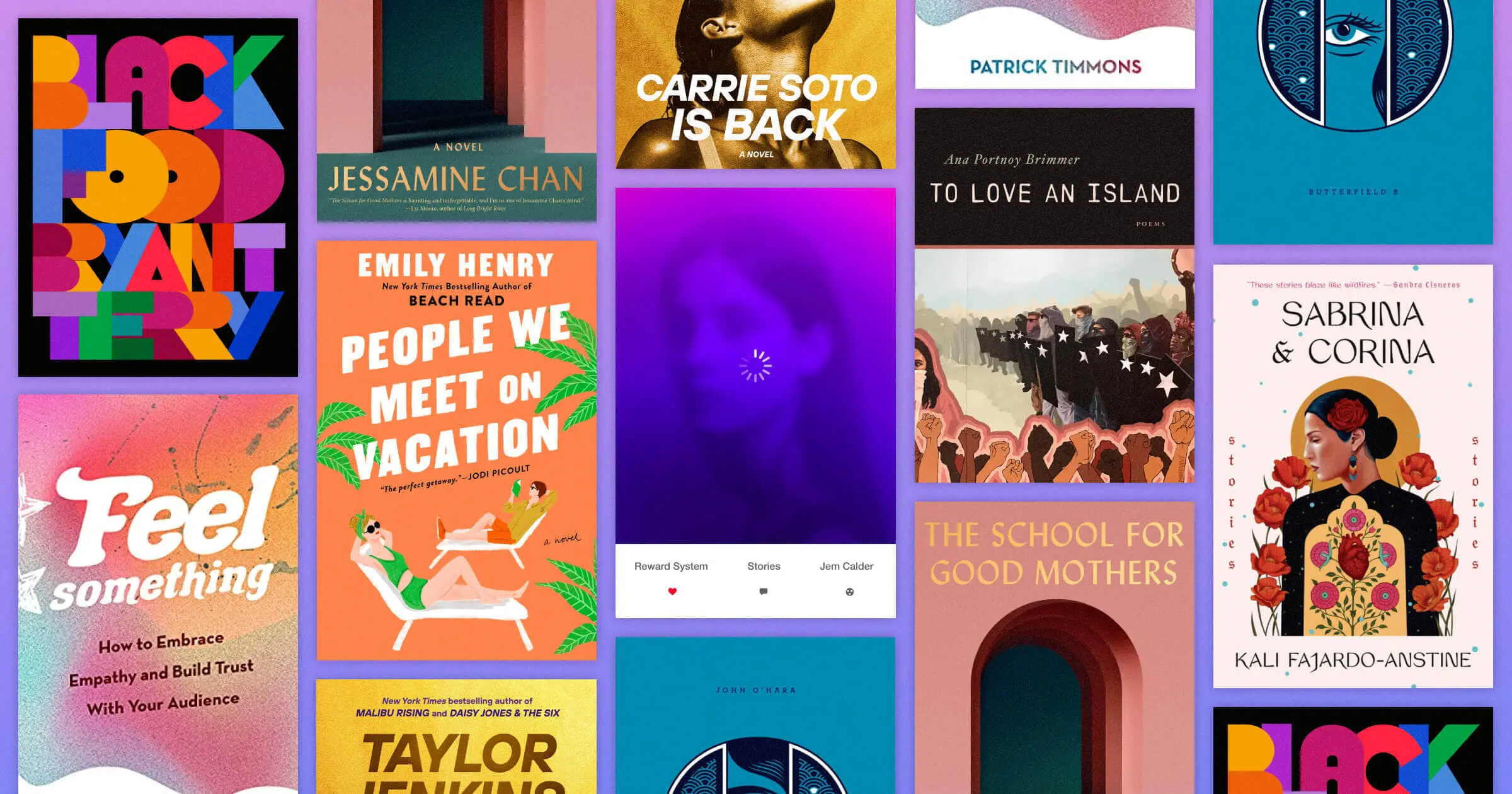Colors convey meaning — visually, verbally, and, even generationally.
Colors are used to communicate different messages all the time. A red light gives you a visual cue to hit the brakes. If someone says they’ve got the blues, you know they’re feeling sad. And if a person says they’re “going green,” you’ll know they’re trying to be eco-conscious.
Not only do colors inform moods, styles, and tones — they can heavily influence generational marketing strategies.
Generational marketing involves catering marketing efforts to specific generations. To successfully market to a set age group, you have to understand their shared values, style choices, and — you guessed it — color preferences.
So let’s lend a bit of color to age-based marketing and explore just how a color (or several) can define a generation.
Pantone Color of the Year creates a generational marketing timeline
For more than 20 years, color experts from the Pantone Color Institute have used color psychology and researched color influences to provide seasonal trend forecasts. And because the Institute has named a Color of the Year annually since 2000, we can see how color has influenced generational marketing throughout the past two decades.
This is not to say that the Pantone Color of the Year is the definitive source of color trends — but it’s pretty influential. Their team of color experts look into trends stemming from everything like fashion and entertainment to technology and sporting events. So I’ll be referencing Pantone, as well as other color experts, as we explore the colors that influence marketing messages, product packaging, and fashion trends for different generations.
Boomers prefer neutrals and trustworthy classics
The baby boomer generation includes people born between the late 1940s and early 1960s. As of 2022, this generation holds 50% of wealth in the United States.
Boomers overtook the silent generation in percentage of wealth around 2006, which shifted generational marketing tactics towards the generation with increased buying power. So, while there is no official color for boomers, I’d argue that Pantone’s 2006 Color of the Year, Sand Dollar, could be considered Boomer Beige. According to Pantone, Sand Dollar is “considered a neutral color that expresses concern about the economy.” If that doesn’t say boomer, I don’t know what does.
But you don’t have to take my word for it. Color experts attest to the boomer generation’s strong preference for neutral colors that fit into more “mature” or “traditional” palettes. Classic colors include beige, gray, and dark or muted blues. For accent colors, boomers like muted oranges and browns along with deep reds, much like the 2007 Color of the Year, a maroon shade called Chili Pepper.
Boomers lean towards calming colors, particularly when it comes to interior design. Both PPG Paints and Yankee Barn Homes have shared boomer-core palettes that focus on muted neutral tones like Volcanic Ash gray, Dreamy Blue, Chocolate Moment brown, and Mother of Pearl off-white.
So why do boomers love beige, blue, and all those muted neutrals so much? It’s likely a combination of color psychology and how colors are used in design. For example, the “Designers Dictionary of Color” states that beige has a calming effect and is often connected to conservative values. Blue — the neutral shade of choice for most boomer-centric businesses — communicates honesty and loyalty, which is why it’s considered a corporate color.

Generational marketing tactics back up these preferences. Color experts point out that blue is a dominant color for businesses that cater to boomers: insurance companies, senior living buildings, financial planners, travel agents, etc.
Gen Xers go for the basics with organic touches
Generation Xers — those born between the mid 1960s and 1980 — have significant purchasing power as well, holding 30% of wealth in the US. Generation X also lacks an “official” color, but we can see the shift from the boomer generation to Gen X through the Pantone Colors of the Year.

After Sand Dollar beige and Chili Pepper maroon, we have a middle ground Blue Iris, a nature-adjacent Mimosa yellow, a bright Turquoise, and a reddish-pink Honeysuckle. This transition tracks with Gen X color preferences, which build on the basics from the previous generation and add in more nature-centric colors like greens, reds, and violets. Plus, 2010 is when Gen X’s buying power began to increase consistently.
At first glance, the Gen-X palettes from PPG Paints and Yankee Barn Homes seem similar to the boomer palettes. However, Gen Xers brighten up their homes with organic colors like Golden Grass green, Cajun Spice red, Sauteed Mushroom brown, and Heart’s Content pink.
According to “The Designers Dictionary of Color,” turquoise (the unofficial Gen X color) is associated with nature and considered soothing, even though it’s much brighter than the muted shades that boomers prefer. Avocado or dark green is another Gen X favorite because it feels organic and restful to the eye. Appliances from the 1970s (when many Gen Xers grew up) often came in avocado green, so nostalgia could play into the preference as well.
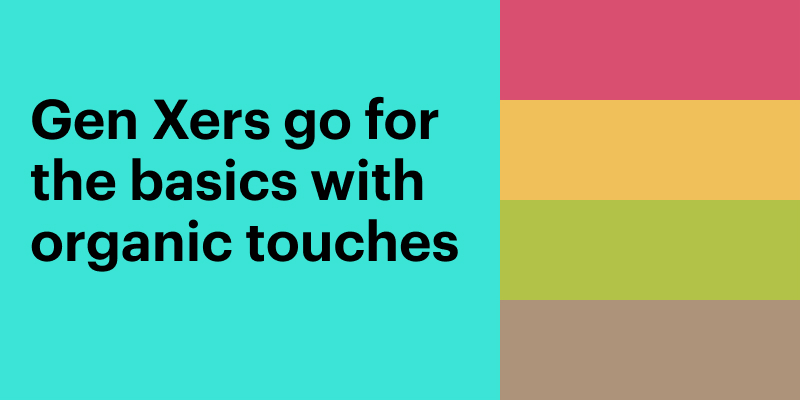
Generational marketing for this demographic includes mostly natural colors but with brighter accents compared to boomers’ preferences. Financial apps are a great example. Both boomers and Gen X are concerned with finances, but Gen Xers are more open to using smartphones and apps to manage their money. Popular financial apps like Mint and Zeta lean heavily into shades of green for their main brand colors. Zeta also features organic colors like sky blue and golden yellow in their branding.



















Get started for free
Create custom, scalable websites — without writing code. Start building in Webflow.
Millennials love millennial pink and energetic shades
Generation Y consumers, better known as millennials, were born between 1981 and 1996. Although millennials are all old enough to be in the workforce, they hold significantly less wealth compared to older age groups — a mere 6%. But this demographic remains a crucial target audience because they hold the strongest sense of brand loyalty. In other words — we’re broke, but we’re loyal.
This generation has a namesake color, millennial pink, which isn’t an exact shade but rather a range that encompasses dusty rose, a peachy pink, and sometimes includes muted salmon tones. Versions of this color are so popular that the origin and ownership get murky. Beauty Brand, Glossier, went as far as to trademark their particular shade of millennial pink to protect their branding. And in 2016, the year that the youngest millennials came of age, Pantone’s Color of the Year was Rose Quartz — a version of millennial pink.
Some theorize that millennial pink is a rebellious response to the over-feminization of pink. A color that was once considered “just for girls” was reclaimed as a gender neutral shade and used for everything from gender neutral watches to hoodies.
In addition to the rosy signature color, millennials also favor bright and energetic colors like mint green, coral, baby blue, orange, and lavender. Millennial color palettes from PPG Paints and Yankee Barn Homes combine neutral whites, grays, and baby blues with lively accent colors like Mediterranean Blue, Fuchsia Flock, and Twinkle Toes yellow.

Generational marketing efforts geared towards millennials employ a lot of bright colors. Apple products are a great example, with many color options playing right into millennial preferences. Think rose gold iPhones, iPads with a lavender finish, and Apple watches with tangerine bands.
Nike, another brand that ranks high with millennial consumers, leans into millennial color preferences, as well. Browse through Nike’s best sellers and you’ll see lively designs featuring bright mint greens, sunny oranges and yellows, and of course, millennial pink.
Gen Zers embrace Gen Z yellow and bright, contrasting colors
Generation Z includes people born in between 1997 and 2012, which leaves a large portion of this generation outside of the workforce. But don’t underestimate young people’s influence on generational marketing strategy. According to a Bank of America survey, Gen Z purchasing power will overtake millennials’ by 2030.
This age group’s signature color is Gen Z yellow — a bright, sunny shade of yellow that matches the 2021 Pantone Color of the Year, Illuminating. Gen Z yellow was the first hue to loosen the vice grip millennial pink held on marketing aimed at younger consumers.
Color psychology tells us that yellow often represents joy, positivity, and sunshine — all things that make sense for the youngest generation. Plus, “The Designer’s Dictionary of Color” explains that fluorescent yellow is often adopted by teenage and younger audiences because of its alignment with energy and optimism.
But Gen Z yellow has competition — a range of bright, cheerful shades of green, collectively called Gen Z green. This vivid color is now seen everywhere from the runway to product packaging.
Whether you’re team green or yellow, both of these signature shades showcase Gen Z’s love of exciting colors that pop in Instagram photos that look like the saturation was cranked all the way up.

Since only a portion of Gen Z has entered the workforce, generational marketing efforts tend to go after a mix of Gen Z’ers and millennials. Brands talking to this mixed customer base love to go for the social media appeal with their experiences and products. Take the “$10 razor going viral,” from Billie Razors, for instance.
Billie goes all in on their colorful branding with colors like pink, orange, baby blue, coral, and lavender. Billie might even be ahead of the game with their increased use of lavender — rumor has it that Gen Z purple is the next big thing. The 2022 Pantone Color of the Year was a light purple color called Very Peri, after all.
Colors offer a golden opportunity for generational marketing
Whether you’re designing the look of your loyalty program, emailing marketing campaigns, or promoting your online shopping experience — color is crucial. When you know how color influences different groups of people, you’re better prepared to attract your target audience. So go paint your products, websites, and packaging accordingly.

Build websites that get results.
Build visually, publish instantly, and scale safely and quickly — without writing a line of code. All with Webflow's website experience platform.


